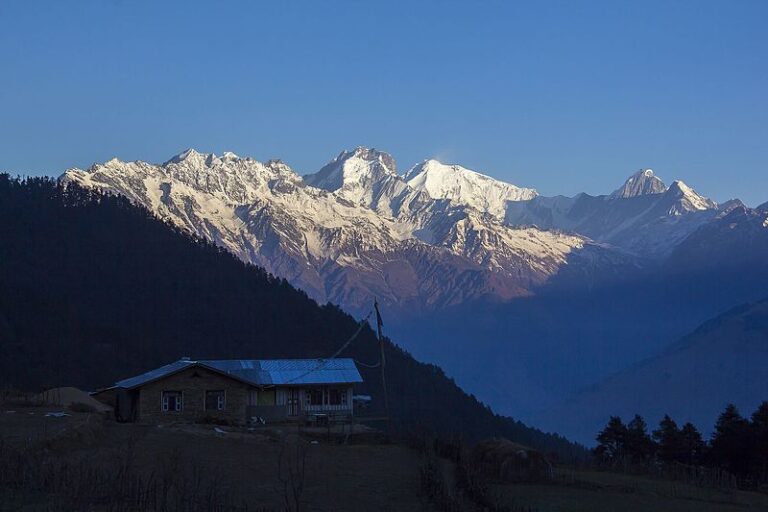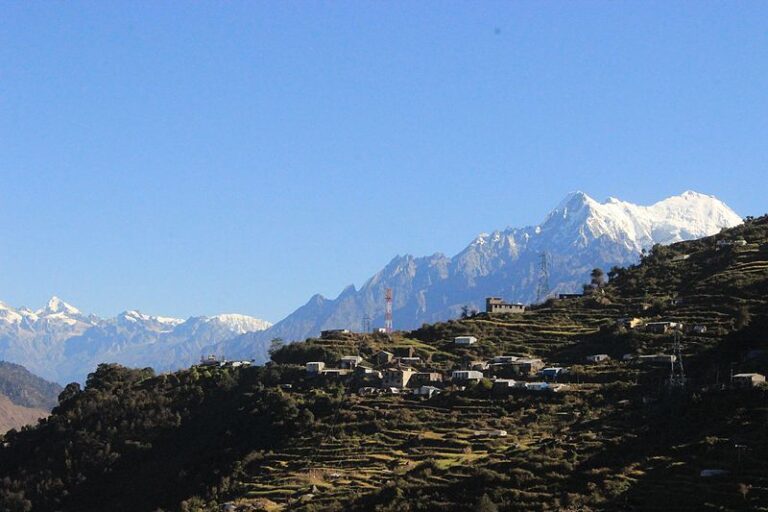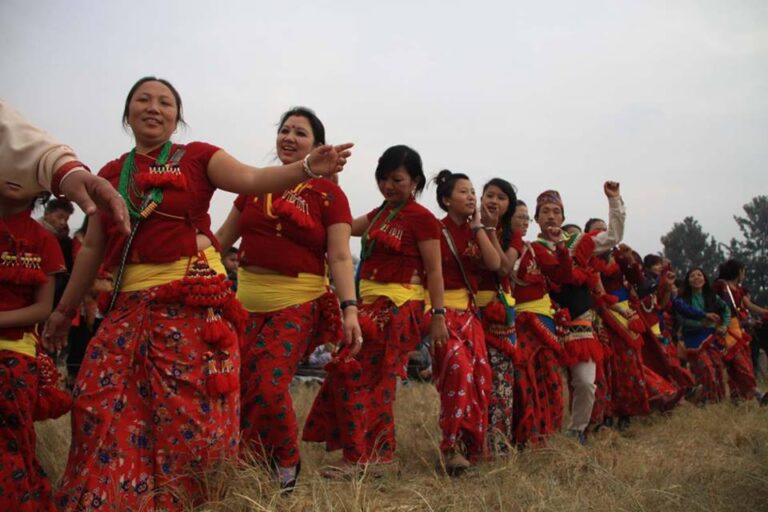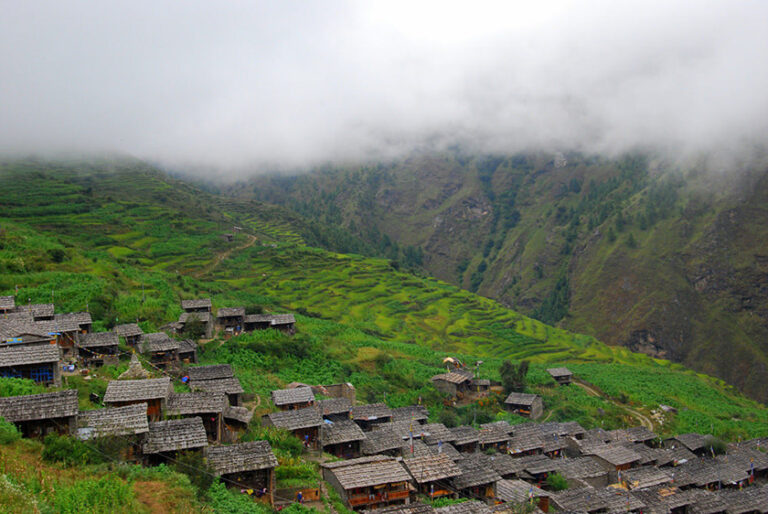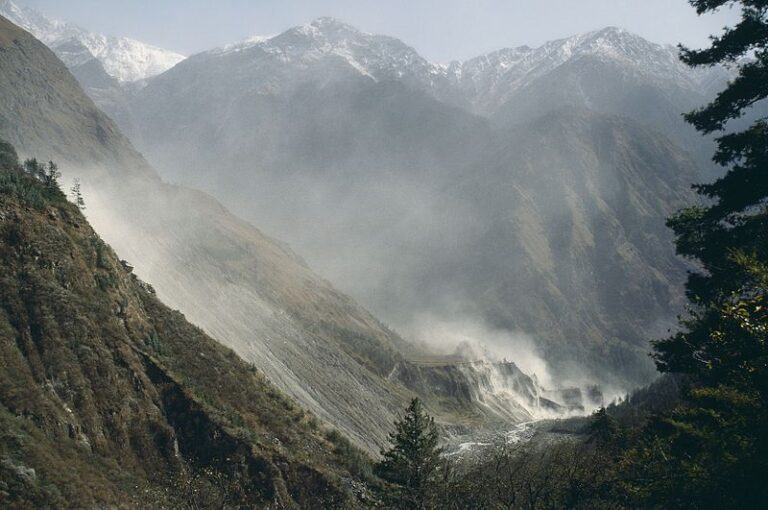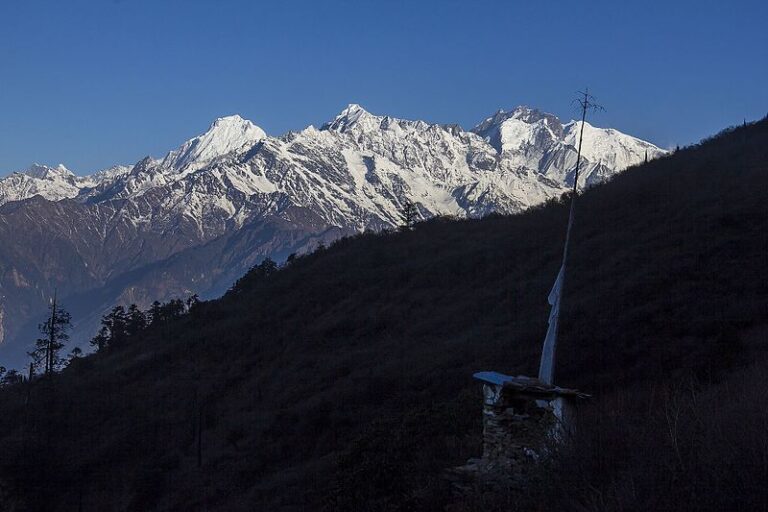The Ganesh Himal is 7422 meters high above the sea level and situated north central of Nepal and named after the legendary elephant headed Hindu god Ganesha. There are four Ganesh Himal known as Ganesh Himal I 7422m, Ganesh Himal II 7118m, Ganesh Himal III 7104m and Ganesh Himal IV 7043 meters high above the sea level.
The journey of Ganesh Himal trek begins from difference places like either from Satdobato or from Shyabrubesi Bazaar but still to start trek from Satdobato would be the best idea due to low elevation and to get good acclimatization to ignore high altitude sickness. Trek into the Ganesh Himal command us to see beautiful pristine valleys meets snow-capped mountains smiling at us and breathtaking meadows where Tamang people are living with their rich Himalayan tradition, culture, costumes and unique rituals. The trail passes through the lush forest of Rhododendron, oak, silver birch, Chir pine, Sandal wood, Bamboo and magnolia so during the trek can be seen many species of birds, mammals and butterflies. If we are doing trek in spring season then offers to see many kinds of blooming flowers as Rhododendron, Magnolia and orchids. Apart of Ganesh Himal ranges the trekking route offers to see stunning view of Langtang Lirung, Annapurna, and Manaslu mountain ranges.
After, Singla pass we will enter into the another valley called Ankuhu river valley which is a beautiful area of Dhading district and offers to see verdant paddy terraced field, wide landscapes, waterfalls and dozens of settlements which are settled over the vertical land. The region is inhabitant by the mixed caste of Brahman, Chhetri, Gurung, Tamang, Darnals and Bishwakarma. The Tamang and Gurung peoples are practicing Buddhism and Brahman, Chhetri, Darnal and Bishwakarma are well known as Hindu people so during the trekking period possible to explore some monasteries and Hindu temples.
Meaning of Buddha’s eyes – There are two kinds of eyes in Buddhism known as inner and outer eyes; which are commonly casting down in meditation states, spiritual aura and top of the Stupas. The inner eyes also called Urna and the third eye of Buddha, which is symbolized wisdom, peace, and all seeing ability of Buddha and it observes Dhamma. The outer eyes also called material eyes that observe outer worlds where the peoples are distracted and deluded by greed, hatred, ignorance ambitious and those things leadings them to the darkness of life. When the peoples becomes distressed, depresses, anxious and suffer then they can’t come out from the darkness life without wisdom and knowledge of inner and outer eyes.
